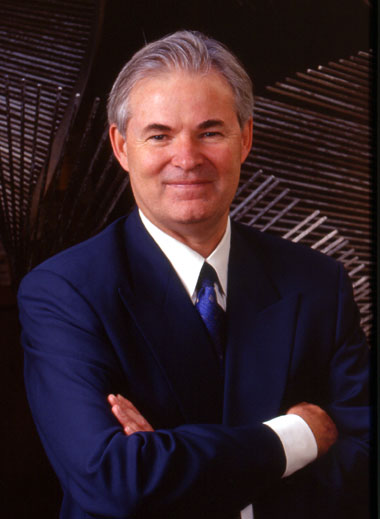
University of California at Berkeley, USA
newton@coe.berkeley.edu
 |
University of California at Berkeley, USA newton@coe.berkeley.edu |
Abstract
As we enter the 21st century, there can be no doubt that our
world faces an enormous range of social, technological, and
political challenges. For example, with almost 3 billion
people on the planet earning less than $2/day, over one
billion people still lack access to clean drinking water.
If we want to stabilize global warming at 2oC, we will
need the ability to produce 30-60 terawatts of carbon-free
power by 2050 – the equivalent of a large, carbon-free power
plant every day between now and the year 2050. As daunting
as these challenges seem, we must remember that individuals,
governments, and foundations are capable of “great works”
that lead to economic and social progress and improvements
in our quality of life. Examples in the 20th century include
Andrew Carnegie’s decision to fund public libraries, the GI
Bill, the Marshall Plan, the eradication of smallpox, and the
Green Revolution.
Throughout history, the major research universities in the
world have played a leading role in informing public debate,
identifying key issues, performing basic research that has
led to many of the major developments of our age and, last
but not least, educating our global leaders. Today, a growing
number of faculty at major research universities throughout
the world are interested in pursuing research, education and
service that addresses the major domestic and global
challenges we all face. As an example at Berkeley, this is
reflected in multidisciplinary initiatives such as our Center
for Information Technology Research in the Interest of Society
(CITRIS). Obviously, such an agenda does not supplant the need
for continued excellence in individual disciplines and for
basic, curiosity-driven research.
In this presentation I will describe a set of candidate Great
Works for the 21st Century and will sketch an outline of how
the world’s leading research universities could collaborate
to determine a global research agenda, to identify and
prioritize the problems we face, and to develop an
international public-private partnership to tackle them.
Biography
Richard received the B. Eng. and M.Eng.Sci degrees from the
University of Melbourne, Australia, in 1973 and 1975
respectively, and the Ph.D. degree from the University
of California at Berkeley in 1978. He joined the faculty
at Berkeley in 1979 and is currently Dean of the College
of Engineering and the Roy W. Carlson Professor of Engineering.
He is also a Professor in the Department of Electrical
Engineering and Computer Sciences, where he was Chair of
the department from 1999-2000. Since 1979 he has been actively
involved as a researcher and teacher in the areas of design
technology, electronic system architecture, and integrated
circuit design.
Over the past twenty-five years, he has received numerous
awards for his research and teaching. Most recently, he
received the 2003 Phil Kaufman Award for his research and
entrepreneurial contributions to the electronic design
automation industry. In 2003 he was also awarded a Doctorate
of Laws, honoris causa, from his alma mater the University
of Melbourne, Australia.
From 1998-2002 he served as the founding director of the
MARCO/DARPA Gigascale Silicon Research Center (GSRC) for
silicon chip design and test. With an annual budget of
$9 million in 2002, the GSRC is a major private-public
partnership with the US Government and the semiconductor
industry that funds and coordinates long-range research
at a dozen major US universities and involving many
industrial collaborators.
In addition to his academic role, Professor Newton has
helped to found a number of design technology companies,
including SDA Systems (now Cadence Design Systems),
Synopsys, PIE Design Systems (now a part of Cadence),
Simplex Solutions and Crossbow.
Professor Newton serves on the Board of Trustees for
the Anita Borg Institute for Women and Technology. He
is a Member of the ACM, Fellow of the IEEE, and a member
of the National Academy of Engineering.